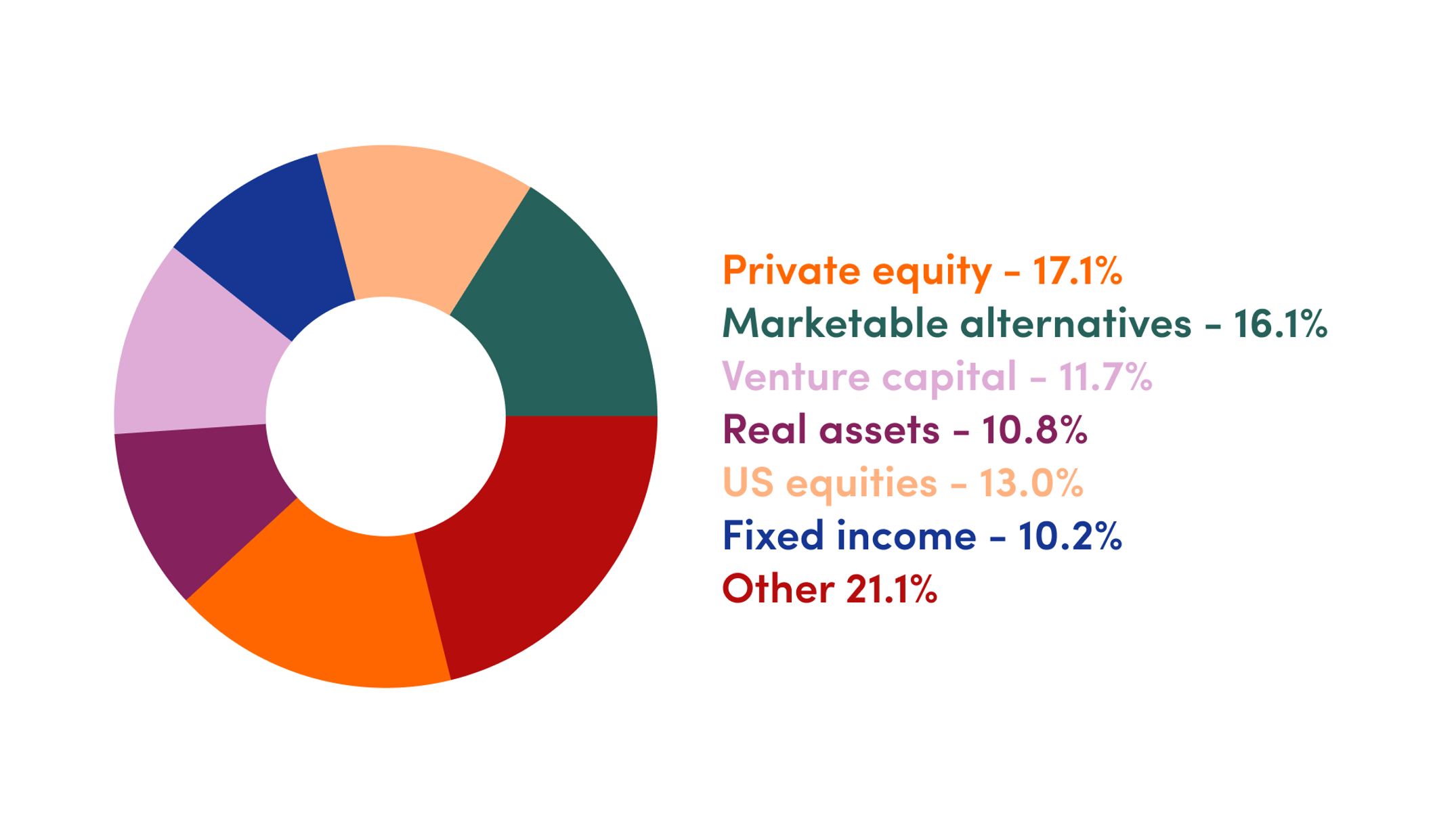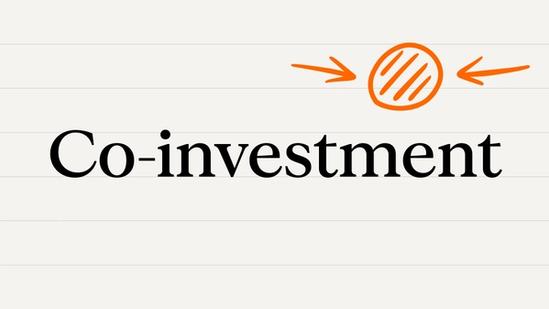What are Foundations and Endowments, and How Do They Invest?


Few investors have longer time horizons than foundations and endowments. These organizations play essential roles in funding educational, health, cultural and religious causes.
- Private foundations and public charities fund an array of causes through grants or donations.
What is a foundation?
Foundations are nonprofits established to support charitable, educational, religious or other activities deemed to serve the public good. They typically manage funds and provide grants or donations in line with their mission. While profit isn’t their overall aim, they make investments to generate further capital to fund their philanthropic activities.
The Gates Foundation and the Ford Foundation are prominent examples of private foundations, which an individual, family or corporation usually set up. Those organizations are required by the Internal Revenue Service in the U.S. to distribute at least 5 percent of their assets each year for charitable or grantmaking purposes.
Public foundations, meanwhile, are funded by multiple donors and often operate their own programs alongside giving grants. The Silicon Valley Community Foundation is one of the biggest public foundations in the U.S., working to address the most pressing challenges in California’s San Mateo and Santa Clara counties. While public foundations don’t have a mandated payout requirement, they must still make charitable contributions.
What is an endowment?
Endowments are usually permanent funds established to support institutions – primarily educational, cultural or religious organizations – through investment income. The principal fund is generally preserved indefinitely, with only a portion of earnings spent annually.
The best-known endowments are housed within Ivy League universities, all of which manage multi-billion-dollar investment portfolios, making them among the largest and most influential institutional investors in the world. The National Association of College and University Business Officers found that almost half of the $30bn that colleges spent from their endowments in 2024 went toward financial aid. It’s why the recent move in the U.S. to raise taxes on the endowments of the wealthiest colleges and universities from 1.4 percent to as much as 8 percent is being dubbed by some as a “scholarship tax.”
Many non-educational organizations – hospitals such as the Mayo Clinic, cultural institutions including the Museum of Modern Art and religious groups like the Church of Jesus Christ of Latter-day Saints – also maintain endowments.
How do foundations and endowments invest?
As ultra-long-term investors, foundations and endowments have an advantage: They can diversify away from stocks and bonds and allocate significant portions of their portfolios to private equity, venture capital, hedge funds and real assets. For organizations willing to have their capital tied up for longer periods, these alternatives can offer exposure to a wider set of opportunities, protection from inflation and potentially higher returns.
It’s an approach that Yale University pioneered with the appointment of David Swensen as chief investment officer in 1985. At the time, about three-quarters of Yale’s portfolio was devoted to stocks, bonds and cash. Taking advantage of Yale’s long time horizons and the illiquidity premium that alternatives can provide, Swensen transformed the way the university managed its endowment and redeployed about 90 percent of the portfolio into a diverse mix of asset classes, including private equity, hedge funds and real estate.
The strategy, known as the “Yale Model,” spurred a shift away from the traditional 60 percent equities/40 percent bonds approach and served as a blueprint for many other institutional investors. Over the past two decades, university endowments have reduced their investments in public equities and fixed income and shifted toward alternatives. Their allocations to private equity and venture capital last year climbed to 17 percent and 12 percent, respectively, a NACUBO-Commonfund report found.
Average Asset Allocation for University Endowments

Source: NACUBO-Commonfund Study of Endowments, FY 2024
Over the next year, more than 60 percent of foundations and endowments are either investing in PE or considering investing, according to a Preqin report in April. More than half are doing the same in private debt and hedge funds. Still, private assets with decade-plus holding periods aren’t always a good fit for foundations and endowments. Some prefer more liquid assets to ensure they can distribute funds when required.
With potential cuts to federal funding and tax increases looming, university endowments in the U.S. are reassessing the investment strategies they’ve embraced over the past four decades and reviewing whether they have the right approach to ensure liquidity, balance risk, and fulfill their goals over the next 40 years. Some may opt to increase cash reserves, reduce expenses, reposition their holdings or participate in the secondary market, a Cerulli Associates report in August found. Yale and other investors reportedly have offered or considered sales on the secondary market.
ThinQ by EQT: A publication where private markets meet open minds. Join the conversation – [email protected]
On the topic ofEducation
Exclusive News and Insights Every Week
Sign up to subscribe to the EQT newsletter.





